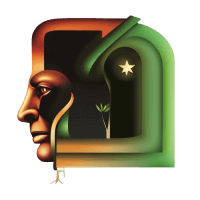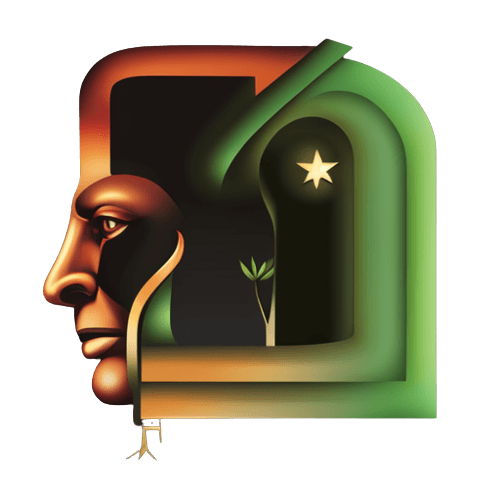Table of Contents
Introduction
In the annals of art history, few movements have had as profound an impact on the evolution of artistic expression as the Renaissance. Originating in 14th-century Italy, this cultural revolution brought about a rebirth of classical values, humanism, and a renewed interest in the individual’s role in society. The Renaissance not only transformed the way artists perceived the world but also paved the way for new artistic trends that continue to influence the art world to this day.
Embracing Humanism and Individualism:
The Renaissance was marked by a significant shift in perspective, as artists began to move away from the rigid, religious-centric themes of the Middle Ages and embraced humanism. Humanism emphasized the value of human intellect, achievements, and potential. As a result, artists turned their focus towards the human form, anatomy, and the exploration of human emotions and experiences.
This newfound emphasis on individualism encouraged artists to portray real people with unique identities and personalities, breaking away from the traditional anonymous representations found in religious art. The works of renowned artists like Leonardo da Vinci and Michelangelo showcased their mastery of the human form and brought a new level of realism to their creations.
Revival of Classical Techniques:
At the heart of the Renaissance was a rekindled interest in the classical arts and knowledge of ancient civilizations, particularly the Greeks and Romans. Artists sought inspiration from ancient sculptures, architecture, and literature, adopting and adapting classical techniques and styles to their own works.
Linear perspective, pioneered by Brunelleschi, transformed how artists depicted three-dimensional space on a two-dimensional canvas. This technical innovation opened up new possibilities for realistic and visually stunning compositions. Painters like Raphael and Titian perfected this technique, resulting in breathtaking masterpieces that continue to captivate audiences worldwide.
Cross-Pollination of Ideas:
The Renaissance was not limited to Italy; it spread across Europe, and each region infused its unique cultural characteristics into the movement. As artistic ideas and techniques traveled from one region to another, a cross-pollination of styles occurred, further enriching artistic expression.
The Northern Renaissance, for instance, blended the Italian Renaissance’s humanism with its own religious piety and attention to detail. Northern European artists like Jan van Eyck and Albrecht Dürer produced works that combined realistic portraiture with intricate symbolism, resulting in paintings of unparalleled depth and complexity.
Impact on Contemporary Art:
The impact of the Renaissance on artistic trends reverberates through the ages, with echoes found in contemporary art. The emphasis on individualism, realism, and classical inspiration remains central to many modern artists’ practices.
In the centuries following the Renaissance, various art movements, such as Romanticism, Realism, and the Neoclassical movement, drew inspiration from the Renaissance masters. The likes of Eugene Delacroix and Jacques-Louis David brought a renewed passion for emotional expression and historical themes, all while embracing the techniques of their Renaissance predecessors.
Conclusion
The Renaissance was a cultural movement that reshaped the course of artistic expression. By celebrating humanism, individualism, and the revival of classical techniques, the Renaissance artists broke free from the constraints of tradition and set the stage for a new era of creativity. The cross-pollination of ideas between different regions fueled further artistic innovation, leading to a lasting impact on art through the centuries.
Today, the legacy of the Renaissance endures in contemporary art, with its influence still evident in the works of artists worldwide. The Renaissance not only shaped artistic trends but also left an indelible mark on how we perceive and interpret the world around us through the lens of creativity and imagination. As we continue to explore the endless possibilities of artistic expression, we can’t help but marvel at the profound and lasting impact of the Renaissance on the ever-evolving world of art.



